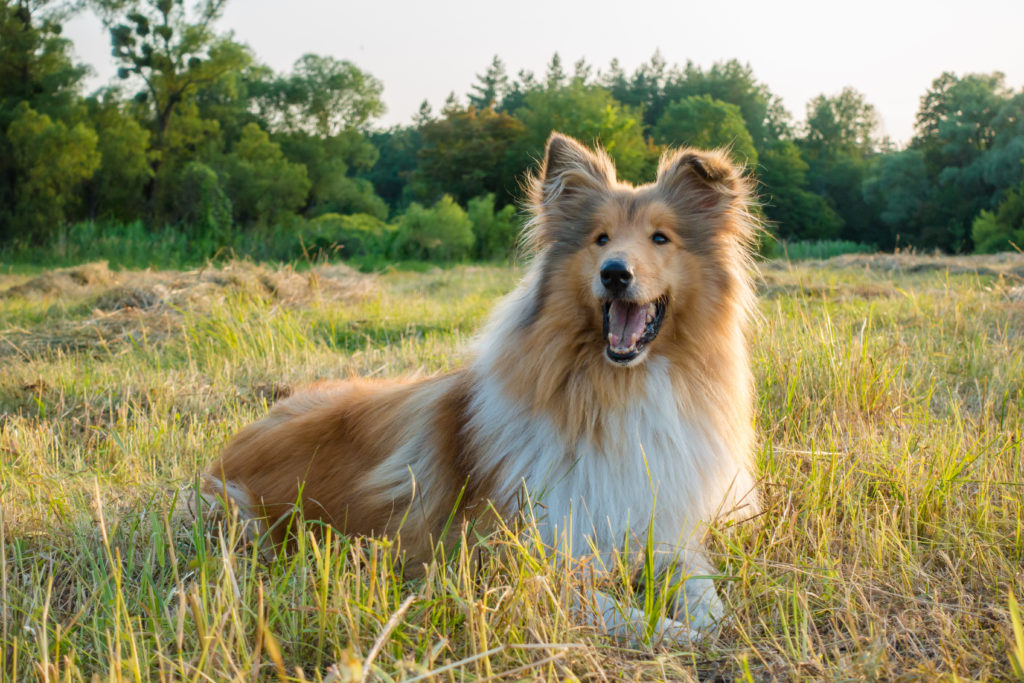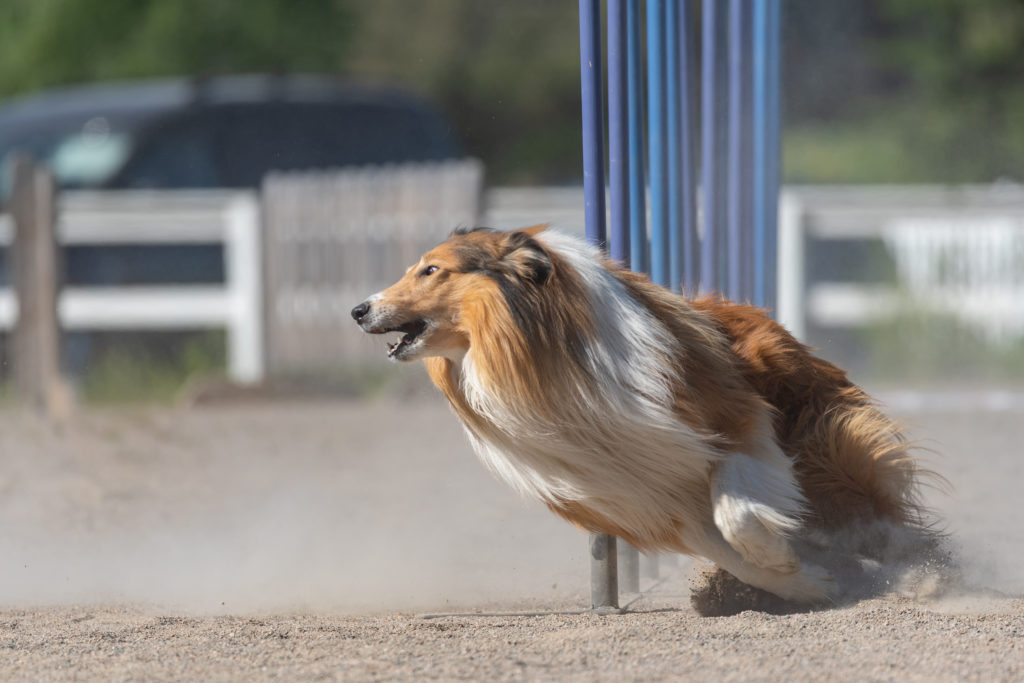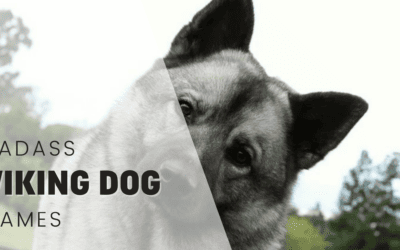It’s hard to know when to spay or neuter – or if you should at all. Here’s the best veterinary advice for your Collie.
So you’ve decided to spay or neuter your Collie? – but when?
Often called getting your dog Fixed or Done (nomenclature that bugs me, because, fixed, implies broken, which is kinda mean!), the majority of dogs have this minor procedure performed upon them at a young age. Usually on a veterinary recommendation.
I know when Indie was little, I was told: “Six months, on the dot” – which is common advice given across America and Europe. If you ask the Internet (i.e. Facebook) usually recommendations say later and say a minimum of twelve months.
But is that even right? Or is it founded in any sort of science?
With this conflicting information, how are you meant to know? Trust your vet? Do as your family has always done? Or trust the rando on the internet who appears to know it all.
None of that seems to be a good idea when the potential consequences of these procedures are rumoured to be some of the scariest diseases and ailments a dog can face… Cancer, Hip or Elbow Dysplasia, and other rotten afflictions like pyometra. All of this is the result of removing the availability of hormones…
Luckily, research has come forward which is not just size specific, but breed-specific for 35 breeds! So, here we’re going to discuss the ideal times for spaying or neutering your dog.
First, let’s do a little housekeeping…

What is Neutering?
This is the surgical castration of a male dog – usually by the removal of his testicles (sorry for making you cringe, gents!). This process means that your male dog cannot breed and that they are no longer producing hormones that are important to your dogs’ development – both emotionally and physically.
What is Spaying?
Similar to neutering, spaying is a form of surgical castration that removes the ovaries and most often the fallopian tubes along with it. This means your girl cannot breed, but it also means she is missing some critical hormones.
This process can be done in a ‘keyhole’ surgery at extra cost, though it is much better for recovery times.
So when is the best time for my Collie?
Recommended age:
Male – It’s your choice!
Female – 1 year
With a sample size of 116 dogs, collies were some of our smallest sample sizes, which means that there aren’t that many to get a reliable average from. It would mean that there’s 11-12 dogs in each category (on average) and that means that a single dog that is an anomaly could create quite a spike in the results.
Still, it’s a good idea to take this as a piece of information to consider in the grand scheme of things!

What Are The Risks?
Here’s a quick overview of what the study says the breed suffers from depending on when their surgical castration (Spay or Neuter) was performed. The aim of providing this information is about giving you all the information to make the best decision.
Disorders include – Cranial cruciate ligament tears or ruptures, Hip Dysplasia, Elbow Dysplasia
Cancers include – Lymphoma, Hemangiosarcoma, Mast Cell Tumours, Bone Cancer (Osteosarcoma),
| Gender | Age of Surgical Castration | Disorder risk | Cancer Risk |
| Male | Under 6 months | 0% | 33% |
| Male | 6 to 11 months | 0% | 0% |
| Male | 12 to 23 months | 0% | 0% |
| Male | 2 years to 8 years | 0% | 14% |
| Male | Intact | 7% | 11% |
| Female | Under 6 months | 0% | 40% |
| Female | 6 to 11 months | 14% | 0% |
| Female | 12 to 23 months | 0% | 0% |
| Female | 2 years to 8 years | 0% | 6% |
| Female | Intact | 0% | 0% |
- For intact females, 16% reported Pyometra
- Urinary Incontinence was reported in 13% of spayed females between 6 and 11 months.
- Mammary cancer was reported at 4% in intact females
The sample size numbers are making these numbers look scarier than they are. For example, the cancer rate of 40% of females under 6 months getting cancer? That’s actually just meaning that two out of five dogs. So again, please do consider these but take them with a grain of salt. 116 rough collies is a number to consider, but it’s a part of a larger picture.
Are there other options?
If you’re doing what I am doing and looking at this research and reconsidering? It’s good to know that there are other options available.
Yes! On the presumption that these issues are caused by the lack of hormones (which is almost certainly the issue!) – there are a couple of ways to keep hormones but not facilitate breeding.
For Girls
Hysterectomy
This is the surgical removal of the uterus and only part of the fallopian tubes! The removal of these means that your girl is without the ability to breed – however – as she keeps her ovaries, hormones will still be produced and should mean that her risk levels are the same as an intact female – without the risk of pyometra! Though, there is a risk that the breeding instinct can remain? Which may be quite risky if a male tries to breed with her.
For Boys
Vasectomy
The tubes that run from the testes are called the vas deferens – these are what get cut or removed in this instance – rendering your dog without the ability to impregnate a female. It leaves his hormones (and likely his desire to breed as a result) but also means that your dog should have the same risk factors as an entire male.
Chemical Castration
Did you know that surgical castration is not legal in Norway? Consequently what is common in Sweden, Denmark, and Norway is chemical castration which is an injection your dog will have to have every six months that drop the levels of testosterone by approximately half. Which is proven to be effective in temporary neuter for your dog. This means you can actually test what castration might do to your dog and is often how it’s used in the UK and America – but it’s also a fantastic way of not putting your dog through surgical procedures.

About the Study
The study “Assisting Decision-Making on Age of Neutering for 35 Breeds of Dogs: Associated Joint Disorders, Cancers, and Urinary Incontinence” (Hart BL, Hart LA, Thigpen AP, Willits NH) was released in July 2020 – it covers 35 different breeds – and a separate scientific paper for mixed breeds. The study followed a total of 15,414 dogs over 15 years of recording;
- The age of the dog when neutered or spayed
- Breed
- Disorders including:
- Cranial cruciate ligament tears or ruptures
- Hip Dysplasia
- Elbow Dysplasia
- Pyometra (females only)
- Urinary incontinence (females only)
- Intervertebral disc disorders (Corgis & Dachshunds only)
- Cancers including;
- Lymphoma
- Hemangiosarcoma
- Mast Cell Tumours
- Bone Cancer (Osteosarcoma)
- Mammary Cancer (females only)
General Thoughts Across The Study
I find it incredibly interesting that there is breed-specific deviance. Prior to this, I was very much of the camp that it was simply a case of variations for dogs of different size brackets – but that appears not to be the case.
For example, a male Labrador (for whom I would have assumed were not dissimilar to Collies) actually have the best results when neutered at 6 months – yet the females prefer a slightly older age (When Should I Spay Or Neuter My Labrador is here by the way!).
So it’s really worth doing your research about these things.
As always? There’s not quite enough information to make a totally informed decision (yay for variables!) but, you can definitely get a good idea of it.
Other Considerations
It is worth noting that this study is a fantastic guideline – and one of the most solid pieces of research we’ve had – it doesn’t take into account many factors that I would imagine should be considered. The limitations I see are as follows;
- Multiple conditions were not recorded if they fell in the same category,
- Genetics were not considered,
- Living conditions were not considered,
- Food quality was not considered,
- The exercise a dog had was not considered,
- Body condition was not factored in because it had been studied previously and no strong correlation was found between body condition and joint issues.
The biggest thing I can say is, that whilst this is the scientific recommendation for when to spay or neuter your Collie do remember that at the end of the day? This is your decision. You are the only one who can make this decision. So, do your best – you’ve already found a phenomenal resource – just keep reading.
If you have any questions about spaying or neutering your Collie, drop them in the comments below! Or if you want some more general answers, check out The Rebarkable Spay & Neuter Information Center!

Author, Ali Smith
Ali Smith is a professional, qualified, and multi-award winning trainer is the founder of rebarkable. She has always believed animals deserve kindness and champions force free methods. Believing that dog guardians will all choose the kindest options if proper information is provided, she aims to help all dog guardians who need it and make dog training as accessible as possible
Ali lives win Maryland, US with her husband and her three dogs.






0 Comments